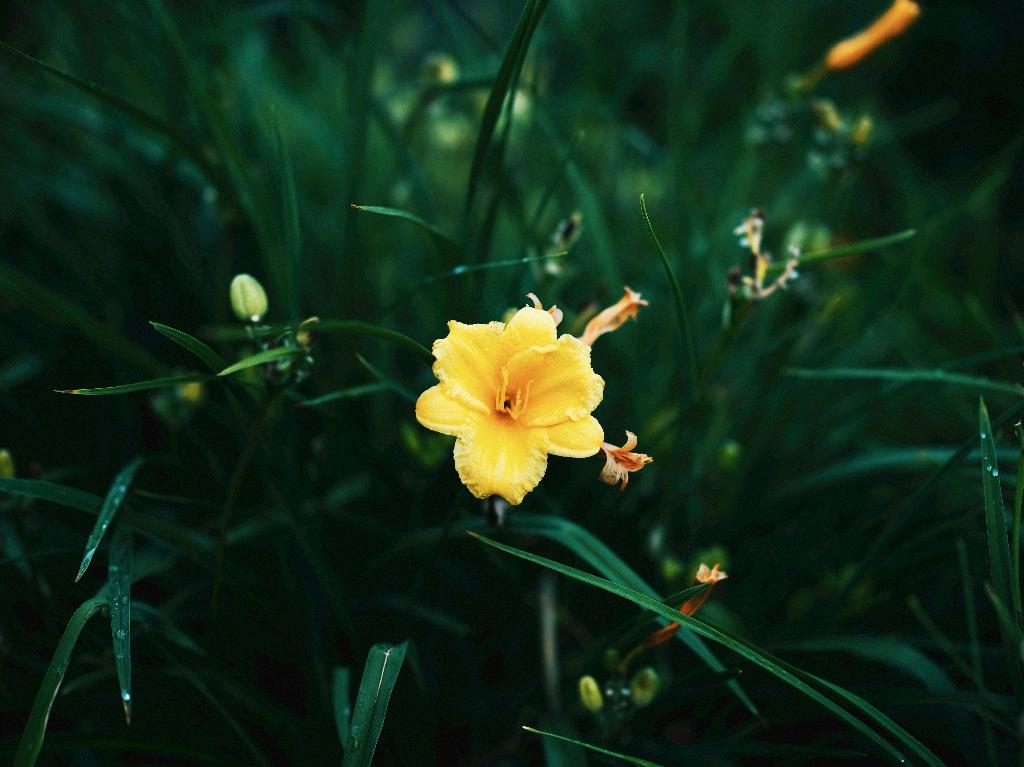When it comes to caring for your daylilies, the question of whether to cut back the foliage in the fall can often be a point of confusion for gardeners. Fortunately, there are some key considerations to keep in mind that can help you make an informed decision. Let’s delve into the topic and explore the best practices for managing your daylilies as the autumn season approaches.
First and foremost, it’s important to understand that daylilies are incredibly resilient plants that typically do not require extensive maintenance. In fact, many experts recommend minimal intervention when it comes to shaping or pruning daylilies, as they are quite adept at thriving on their own.
One key aspect to keep in mind when deciding whether to trim your daylilies in the fall is the presence of dead or spent growth. Removing dead foliage can not only improve the overall appearance of your daylilies but also prevent the spread of diseases and pests that may take hold in decaying plant material.
Throughout the growing season, it’s advisable to deadhead daylilies by snipping off spent flowers. This not only tidies up the plant but also encourages the production of new blooms, ensuring a continuous display of color in your garden. However, when it comes to cutting back all greenery in the fall, the timing is crucial.
While some gardeners opt to trim back daylilies in the fall, others prefer to wait until early spring before the new growth emerges. Both approaches have their merits, and the decision ultimately depends on your personal preferences and gardening style. If you choose to trim in the fall, ensure that you do so after the growing season has ended to avoid interfering with potential flower buds.
Trimming daylilies in the fall can also help prepare the plant for the winter months ahead. By cutting back excess foliage, you can reduce the risk of fungal diseases and pest infestations that may occur in dense, overcrowded plantings. This can contribute to the overall health and vigor of your daylilies.
On the other hand, some gardeners prefer to leave the foliage intact over the winter months, providing a layer of protection for the plant against harsh weather conditions. In regions with milder winters, this approach may be perfectly suitable, allowing the plant to retain its structure and provide visual interest in the garden.
Ultimately, the decision of whether to cut back daylilies in the fall boils down to your personal preferences and the specific needs of your garden. Consider factors such as your climate, the overall health of your daylilies, and your desired aesthetic effect when determining the best course of action for your plants.
Regardless of whether you choose to trim your daylilies in the fall or wait until spring, it’s important to approach the task with care and attention to detail. Use clean, sharp pruners to make clean cuts and avoid damaging the plant tissue. Additionally, dispose of any trimmed foliage properly to prevent the spread of diseases.
In conclusion, the decision to cut back daylilies in the fall is a personal one that should take into account the specific needs and characteristics of your garden. While trimming can help maintain the overall health and appearance of your daylilies, leaving the foliage intact can also have its benefits. By considering the factors discussed above, you can make an informed choice that will support the long-term vitality of your beautiful daylilies.

